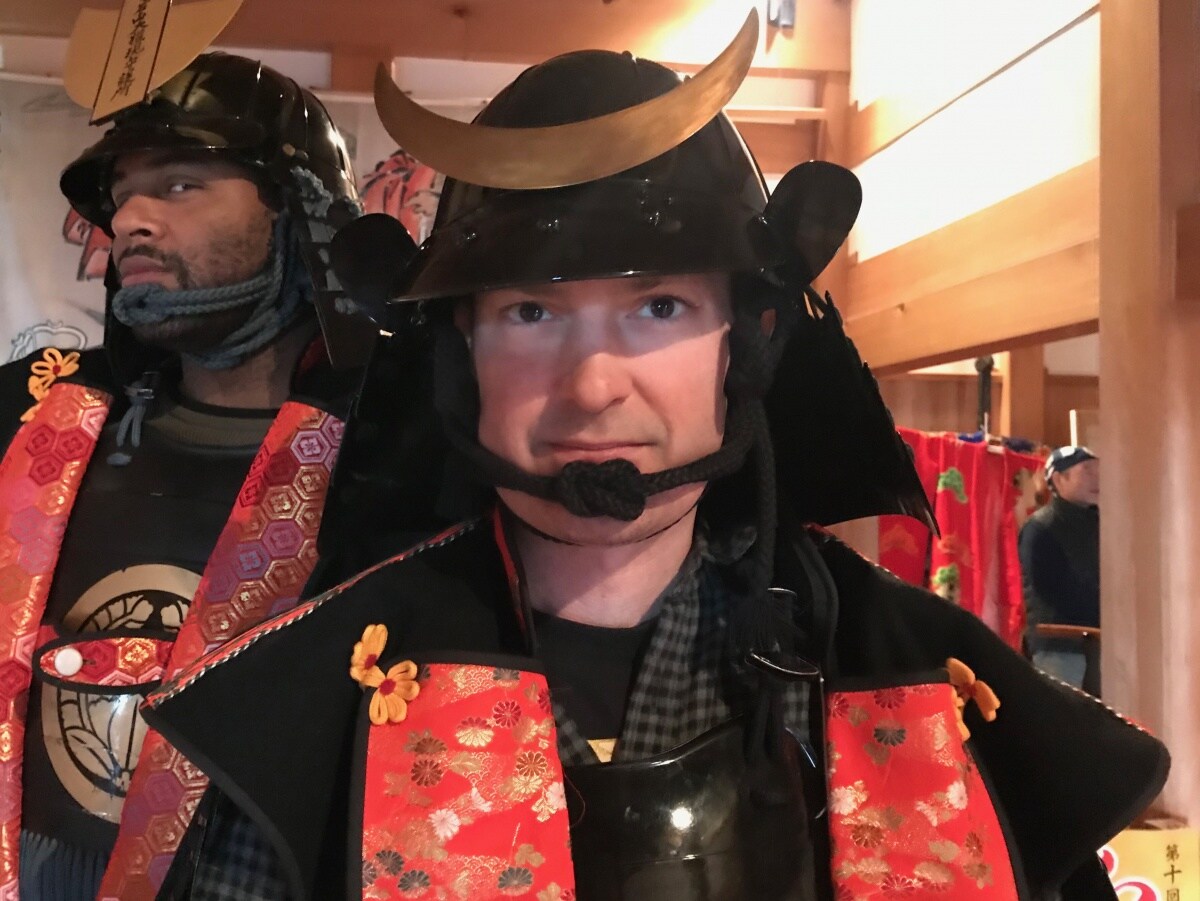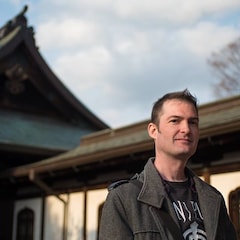Castles, Temples & Tofu— Oh My, Miyagi!
I’m a huge history buff, and when it comes to Japan, few things get me as excited as castles and traditional architecture. Luckily for us, two days in Miyagi was more than enough time to check out some fantastic places.
By Marky StarShiroishi Castle
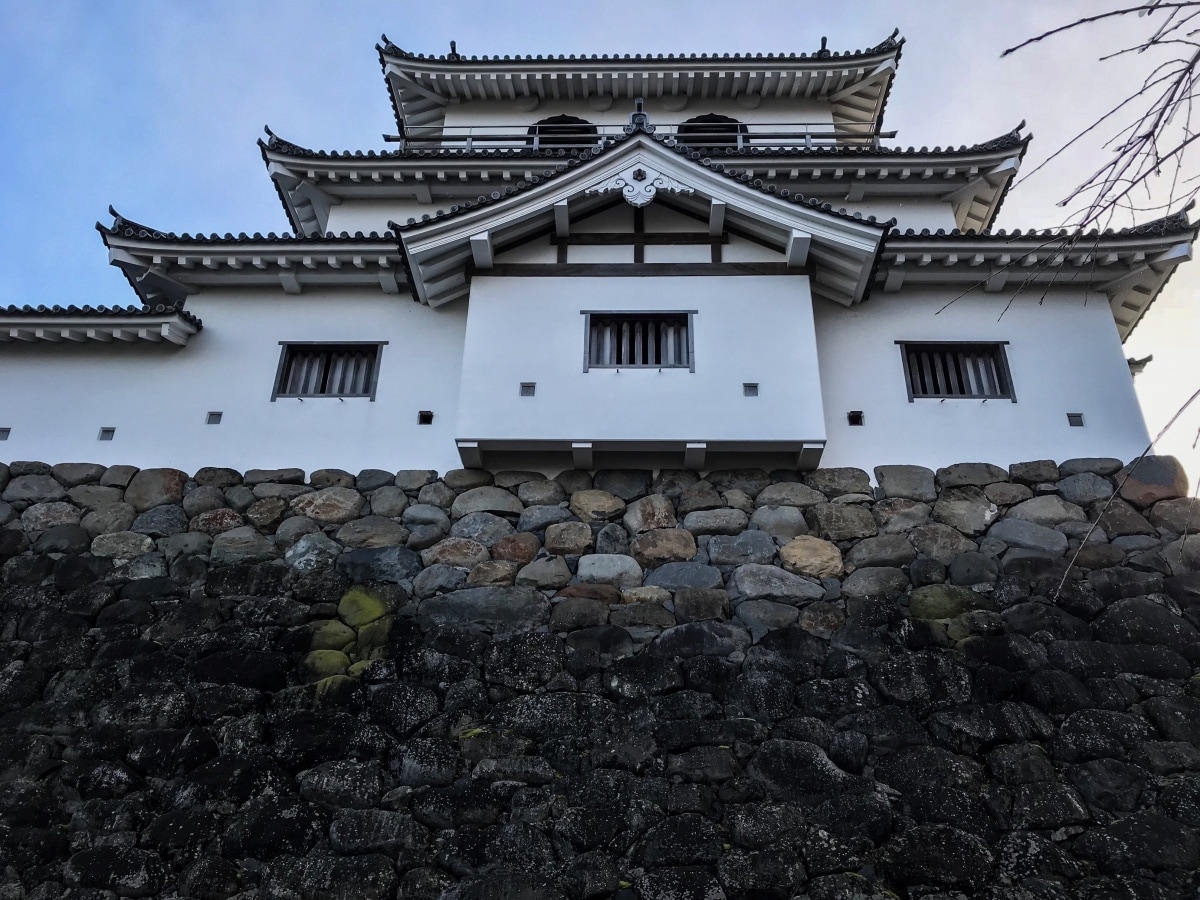
On day one, we visited Shiroishi Castle, a minor hilltop fortification of Date Domain, alternatively called Sendai Domain. We’ll talk more about Sendai later, but for now, just know that it was controlled by the Date clan. The Date territory was large when the Tokugawa Shogunate was established in 1603 and instituted a policy of one castle per domain. They were allowed to subdivide this particular area to their retainers, the Katakura clan. This territory included Kamasaki Onsen, the hot spring town controlled by Yunushi Ichijo.
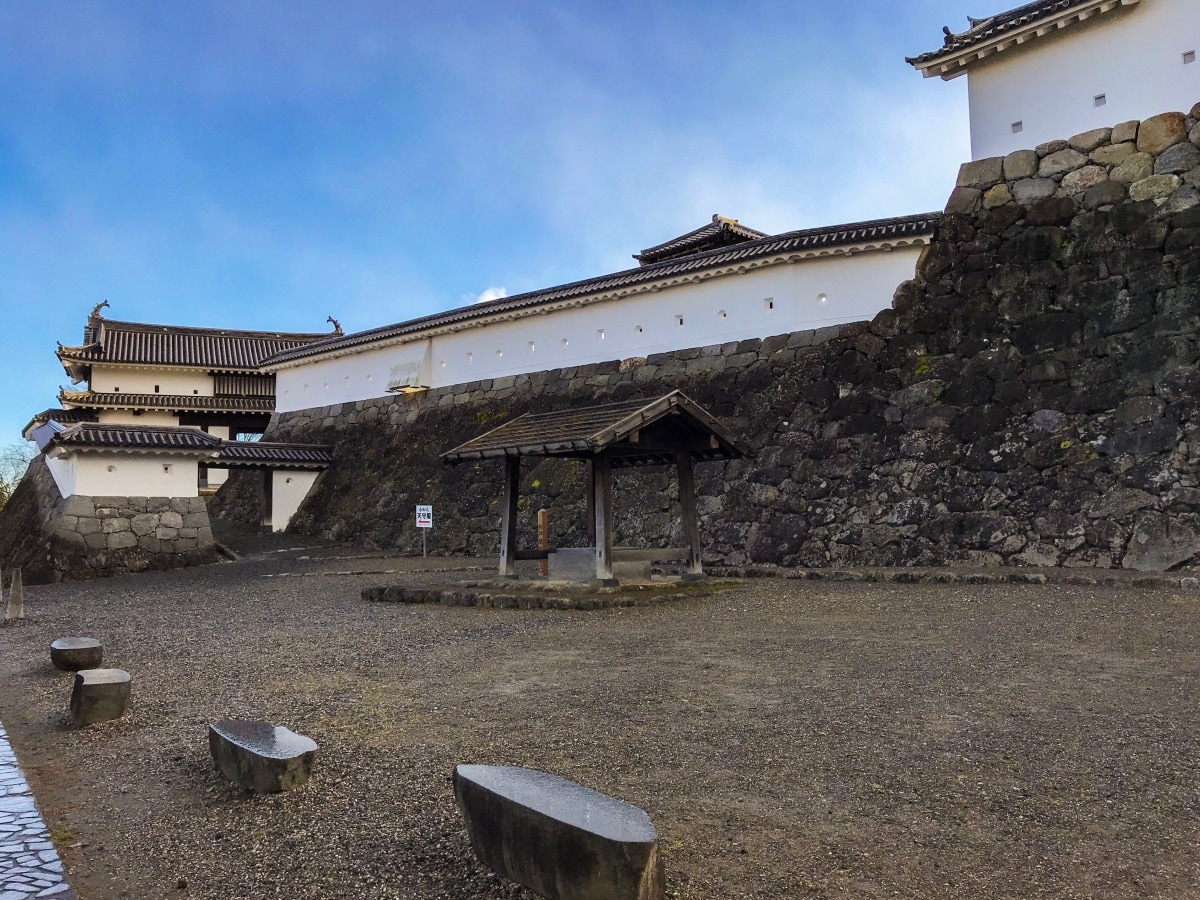
When you approach the castle, the stonewalls are noticeable, but the shadows cast by the gates and turrets are striking—no, imposing. This effect was totally by design. Even though the castle was small, and the Katakura clan were subservient to the Date clan, their castle exuded martial prowess. This is most exemplified by their tenshukaku (castle keep) which towered over the city. When we climbed up to the third floor of the keep we could see the entire city, getting a sense of how the lord of the castle must have felt when surveying his lands. By chance, a rainbow appeared in the clear blue sky highlighting the impressive view.
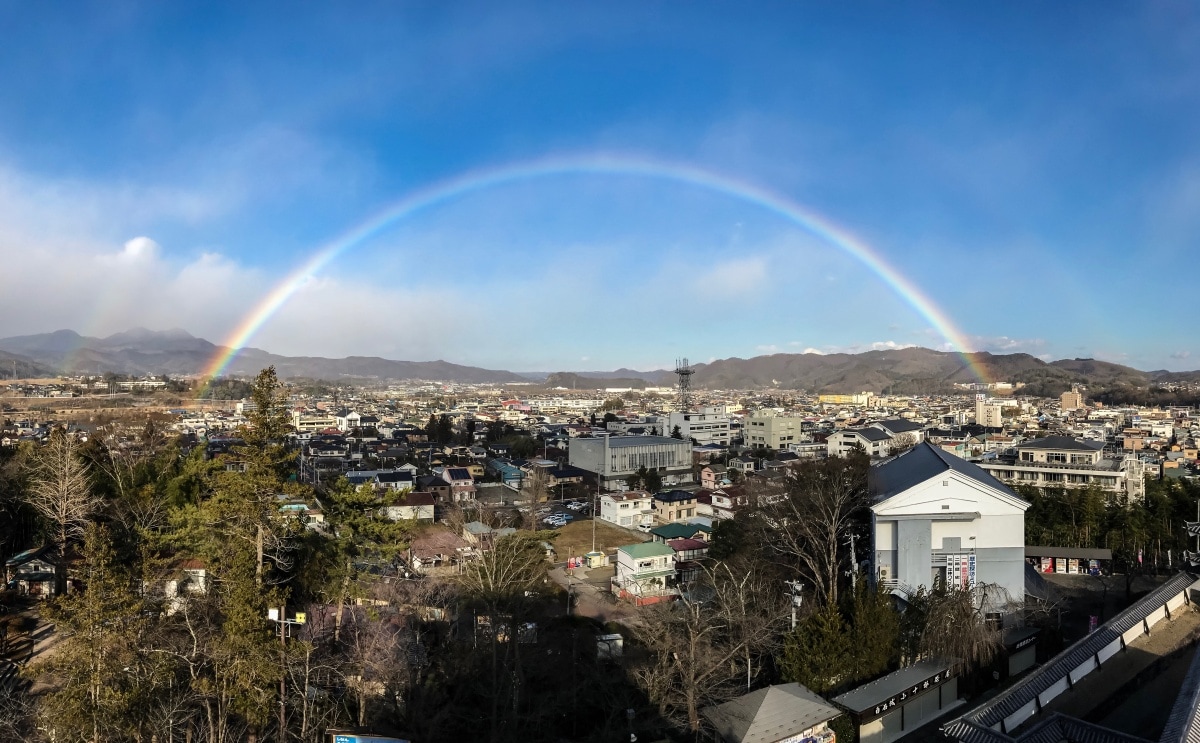
But… In 1868 when the last shogun handed power over to the imperial court, samurai of the northern domains rose up against in defense of the shogunate. They formed a military alliance called the Ouetsu Reppan Domei—the Northern Alliance. These Tohoku domains used Shiroishi Castle as their military base, a kind of capital during the brief civil war.
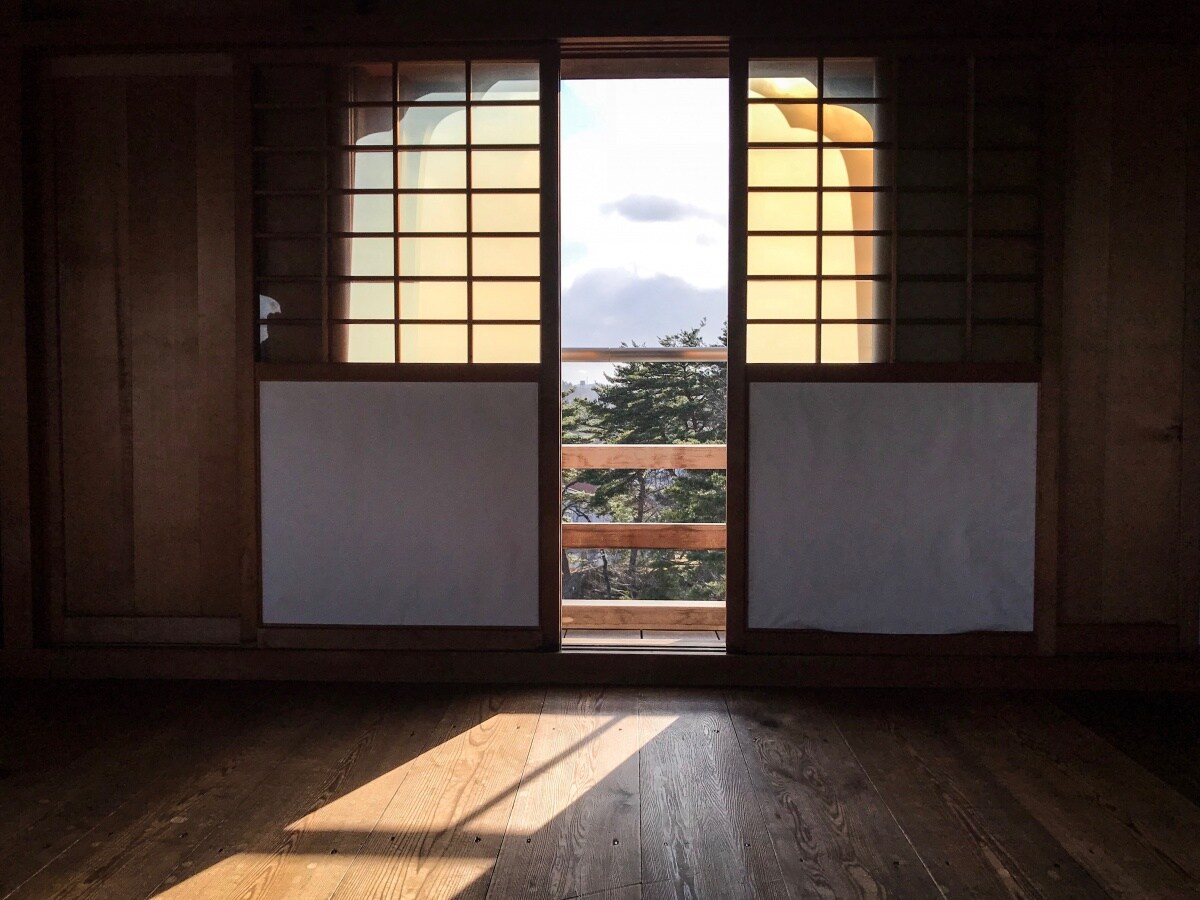
The Imperial government didn’t take kindly to their refusal to accept the new order, so after the conflict was resolved, they tore down Shiroishi Castle. But in 1995, the city rebuilt some gates, walls and the castle keep. Unlike many reconstructions (for example, Nagoya Castle or Osaka Castle), this castle keep was rebuilt using traditional techniques using no metal nails.
Of course, we had to have a little fun and indulge in a touristy photo op by suiting up in samurai armor and posing for pictures. Not gonna lie. We looked pretty bad ass.
Sendai Castle
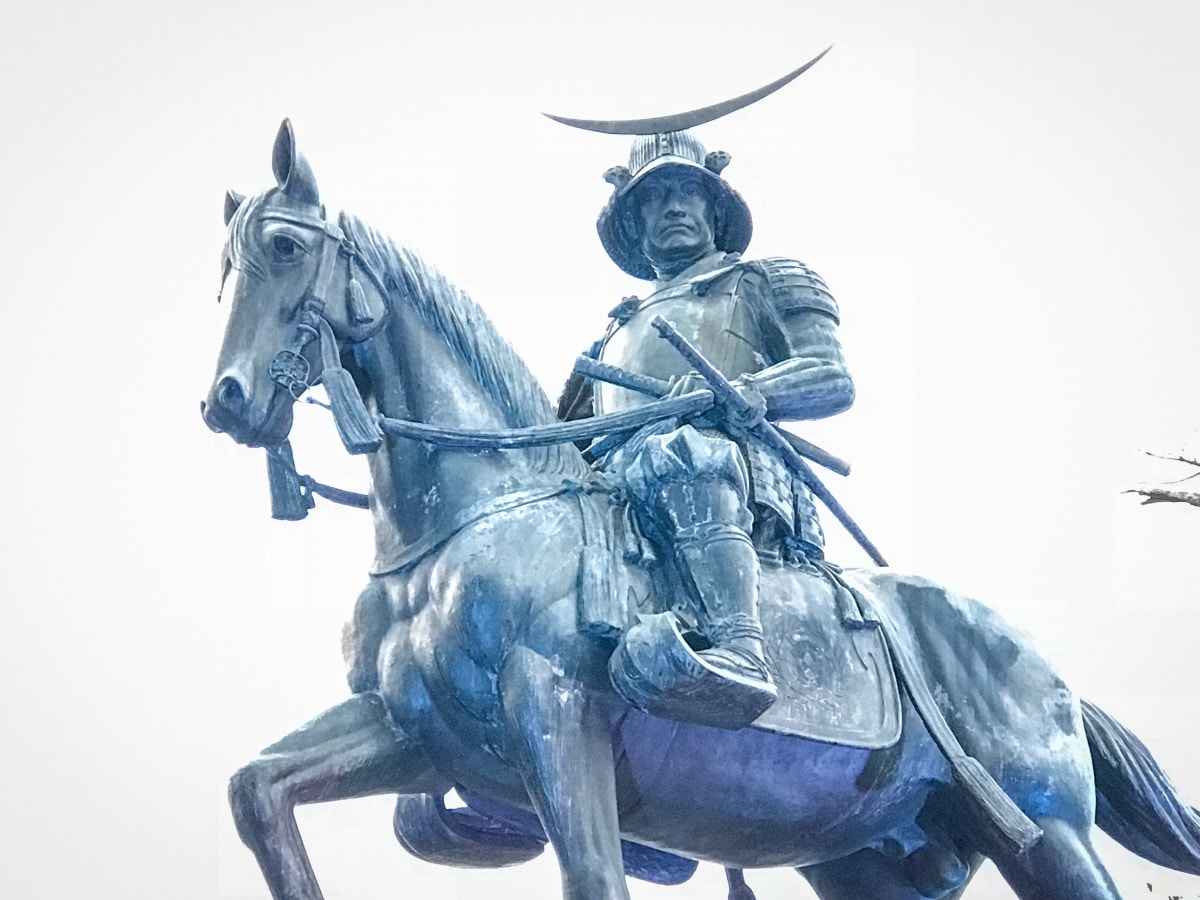
Our final stop was the site of Sendai Castle, also known as Aoba Castle, the seat of government for Sendai Domain, established by the great one-eyed warlord, Date Masamune. This sprawling mountaintop castle was at one point the largest in the Tohoku region, indicative of the Date clan’s close relationship with the shogunate in Edo. Sadly, most of the buildings were torn down by the Imperial government after they defeated the Northern Alliance. Later, fires and eventually bombing in WWII destroyed the remaining Edo Period structures. Today, a few turrets and walls have been reconstructed, but for the most part, there is very little for the untrained eye to see.
The main attraction to the castle is the museum located in the former honmaru, or inner citadel. A movie will take you on a tour of the 3-D virtual reality reconstruction of the complex. The excavated honmaru goten (the residence of the lords of Sendai) is marked off to give you a size of the building, but using QR codes on various signs, you can access the virtual reality reconstructions with your smart phone to get a sense of what the site looked like in its heyday.


